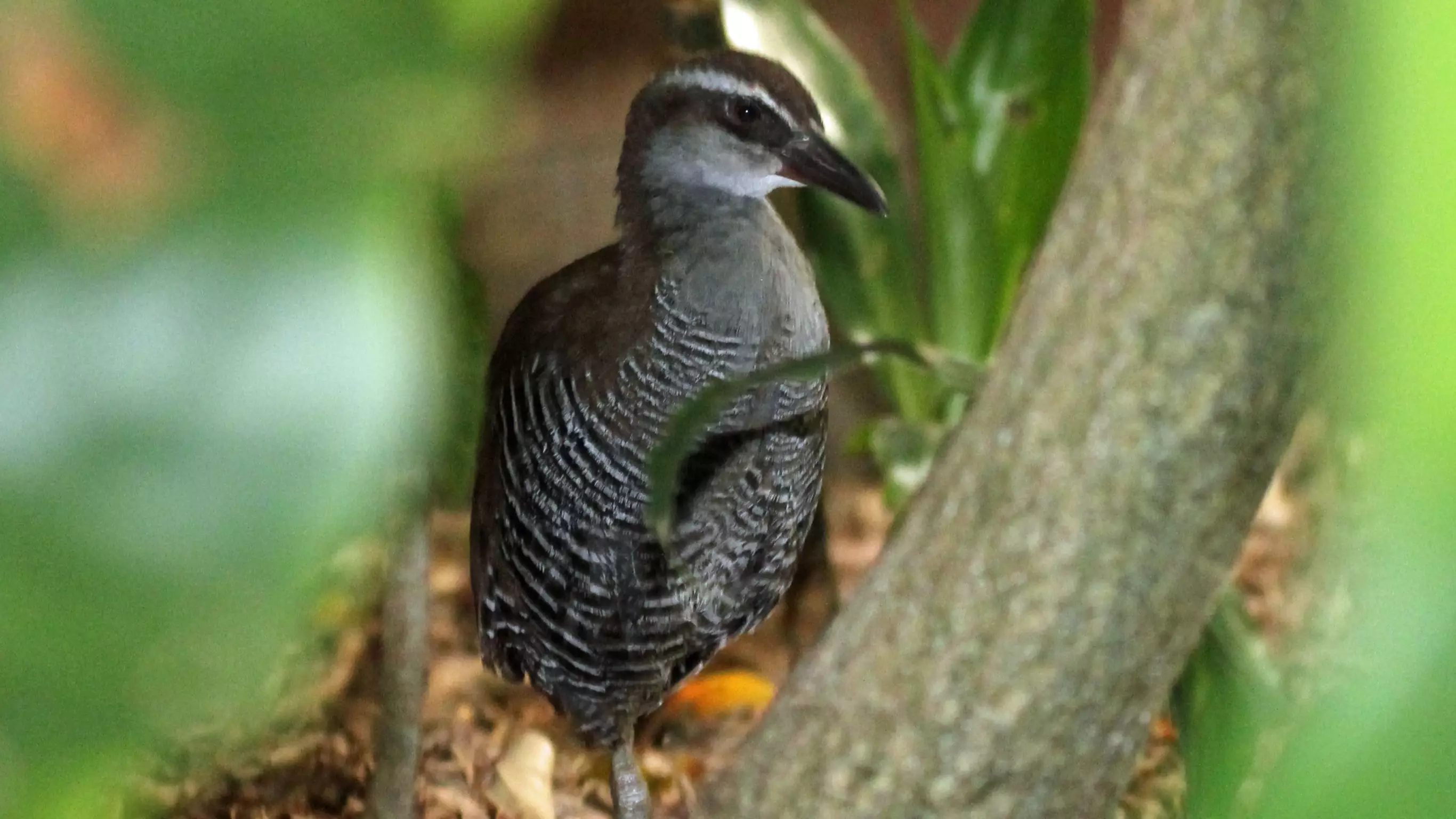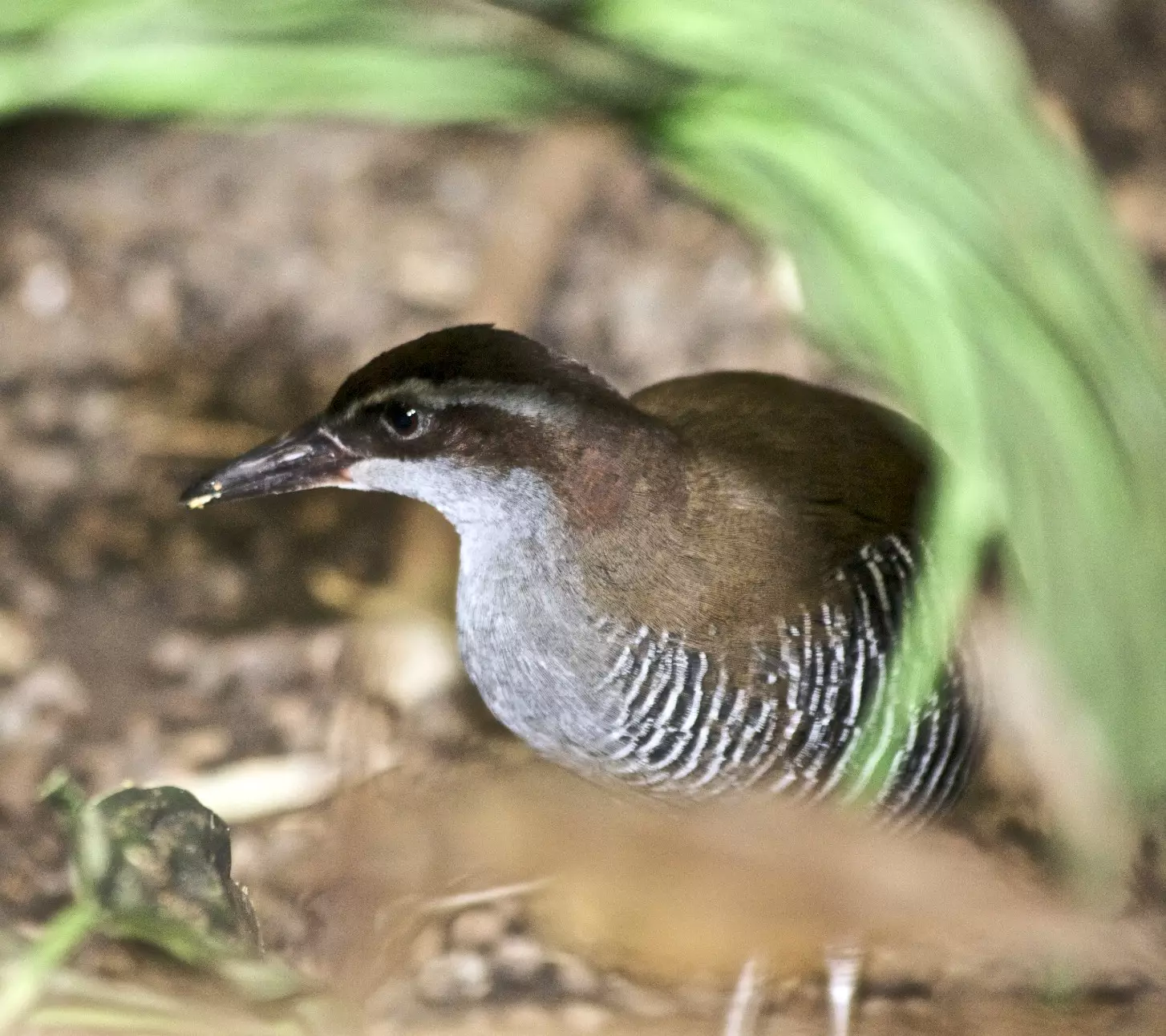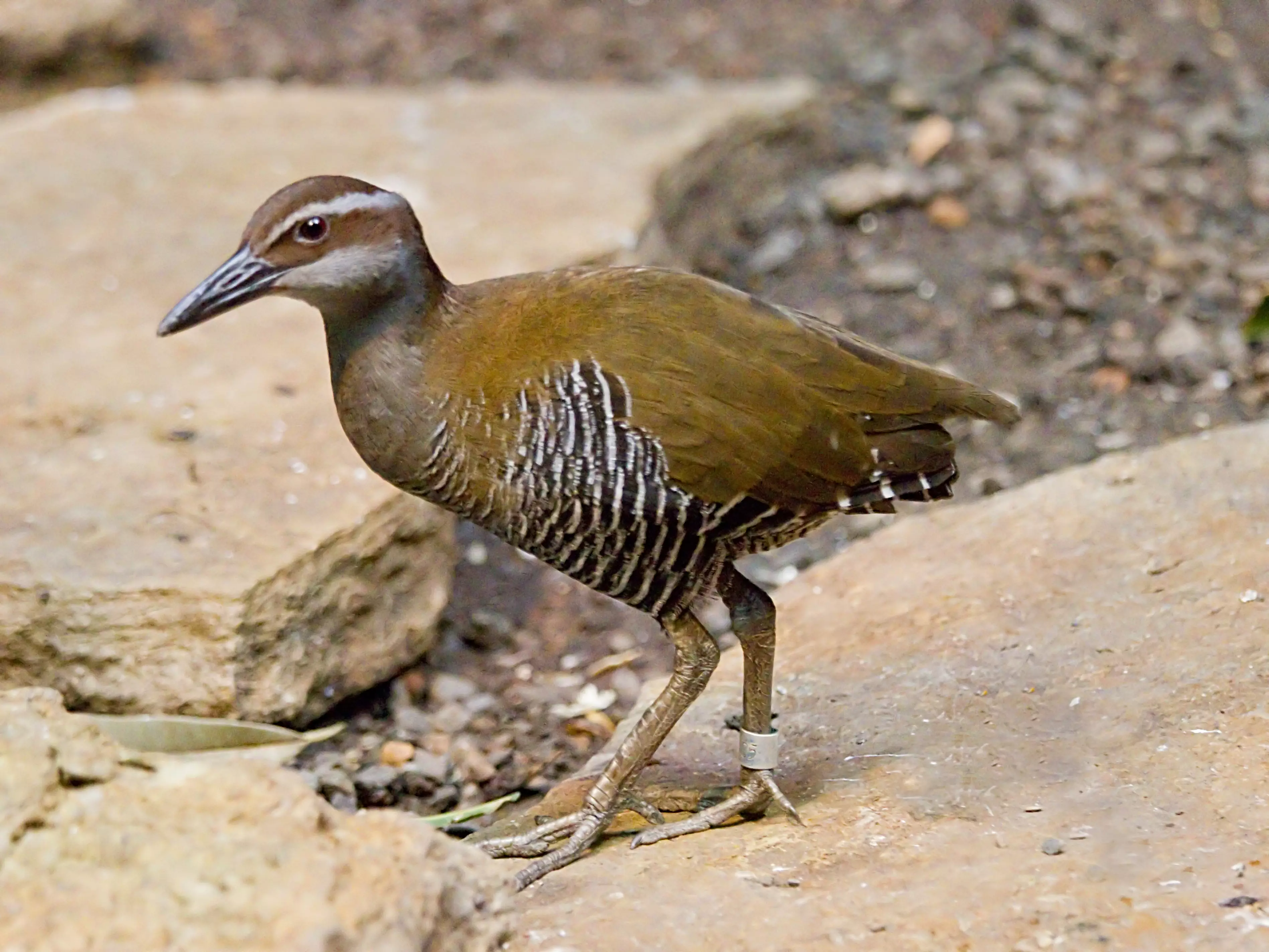
An incredibly rare bird that was once labelled 'extinct' is back in the wild 40 years later.
The Guam Rail, a flightless bird native to the Pacific Island, was almost wiped off the face of the planet after brown tree snakes were, accidentally, introduced to its environment.
At their lowest, there were just 21 Rails left outside captivity, which led to them being declared 'extinct in the wild' by the International Union for the Conservation of Nature.
Advert
However, almost forty years on, a breeding programme has successfully bred more than 200 of the little creatures, which are now living in the wild on the nearby snake-free island of Rota.
According to CNN, the threat to the Rail's existence dates back to World War Two, when Guam was occupied by Japanese forces.
Shortly after the island was liberated by the US military in 1944, brown tree snakes appeared and started to hunt the native Rail. It's said the snakes arrived after finding their way onto an American cargo ship.
Advert
Over the following years, the population of the powerful snakes mushroomed, with around 20 snakes per acre of jungle on the island.
The reptiles were responsible for wiping out 10 of Guam's 12 native forest birds.
Only a handful of Rails escaped, and in 1981 the remaining 21 were captured and taken to safety by Suzanne Medina and her team of wildlife biologists. They were then ruled to be 'extinct in the wild'.
Advert
Almost a decade after they were taken into captivity, conservationists began releasing some of those they had bred onto the island of Rota - a snake-free paradise around 30 miles off the coast of Guam.
The first few attempts weren't that successful, with the Rails being hit by cars or savaged by cats.
Eventually, however, Medina says that in the 1990s she and her colleagues 'discovered the secret to captive breeding'.
According to Medina, who has devoted much of her life to saving the bird, their future depended on understanding the personalities of the birds.
Advert
She said: "We spent a lot of time with the birds - we were basically living with them."
Over the coming years, they put together a report on each of the breeding adults, to better understand whether they were willing to mate or would need some coaxing.
As a result of their work, around 200 now live on Rota, with another 60 to 80 on the neighbouring Cocos Island.
Featured Image Credit: https://commons.wikimedia.org/wiki/File:Guam_Rail_RWD.jpgTopics: Science, World News, Interesting, Animals

